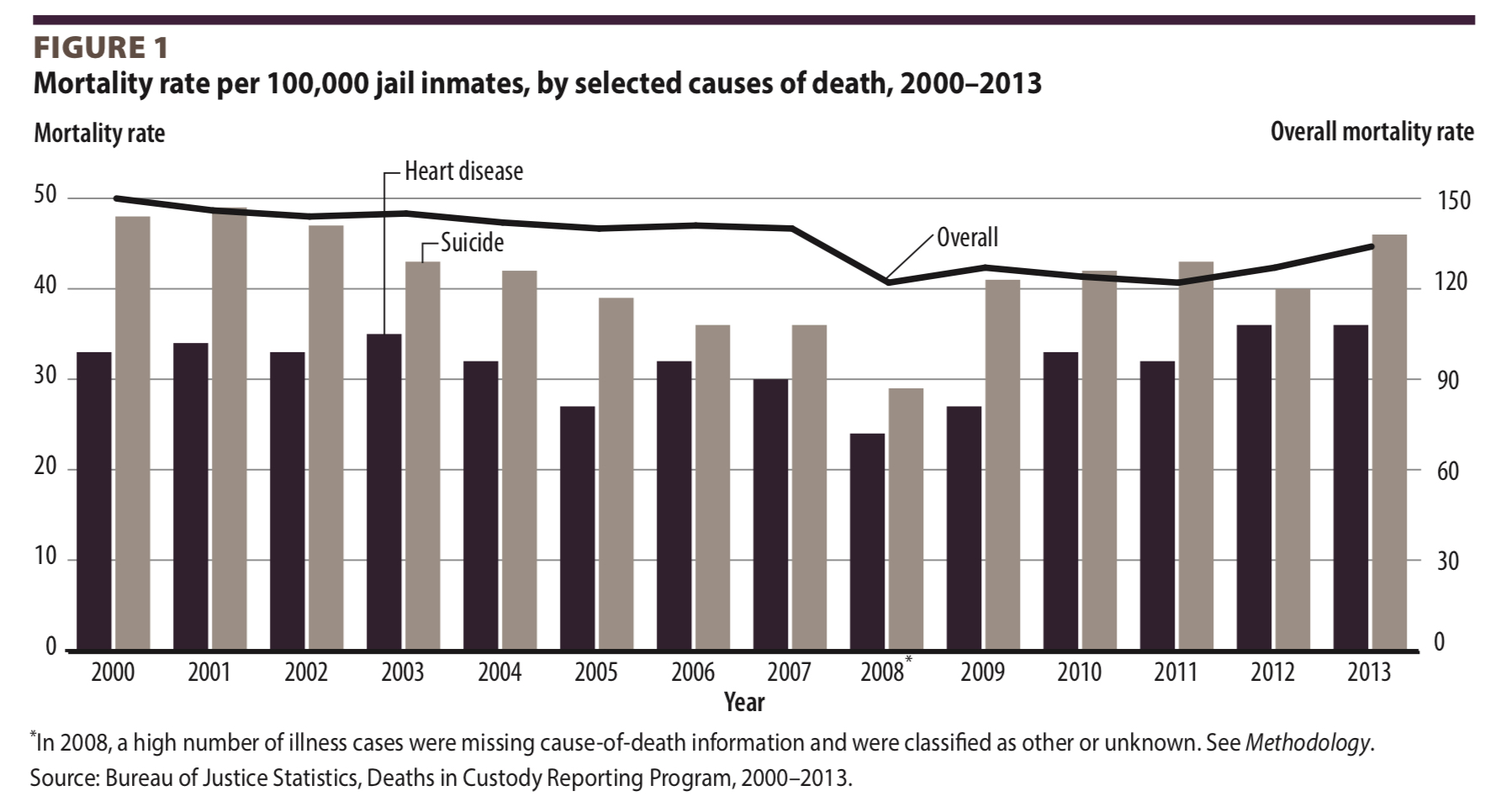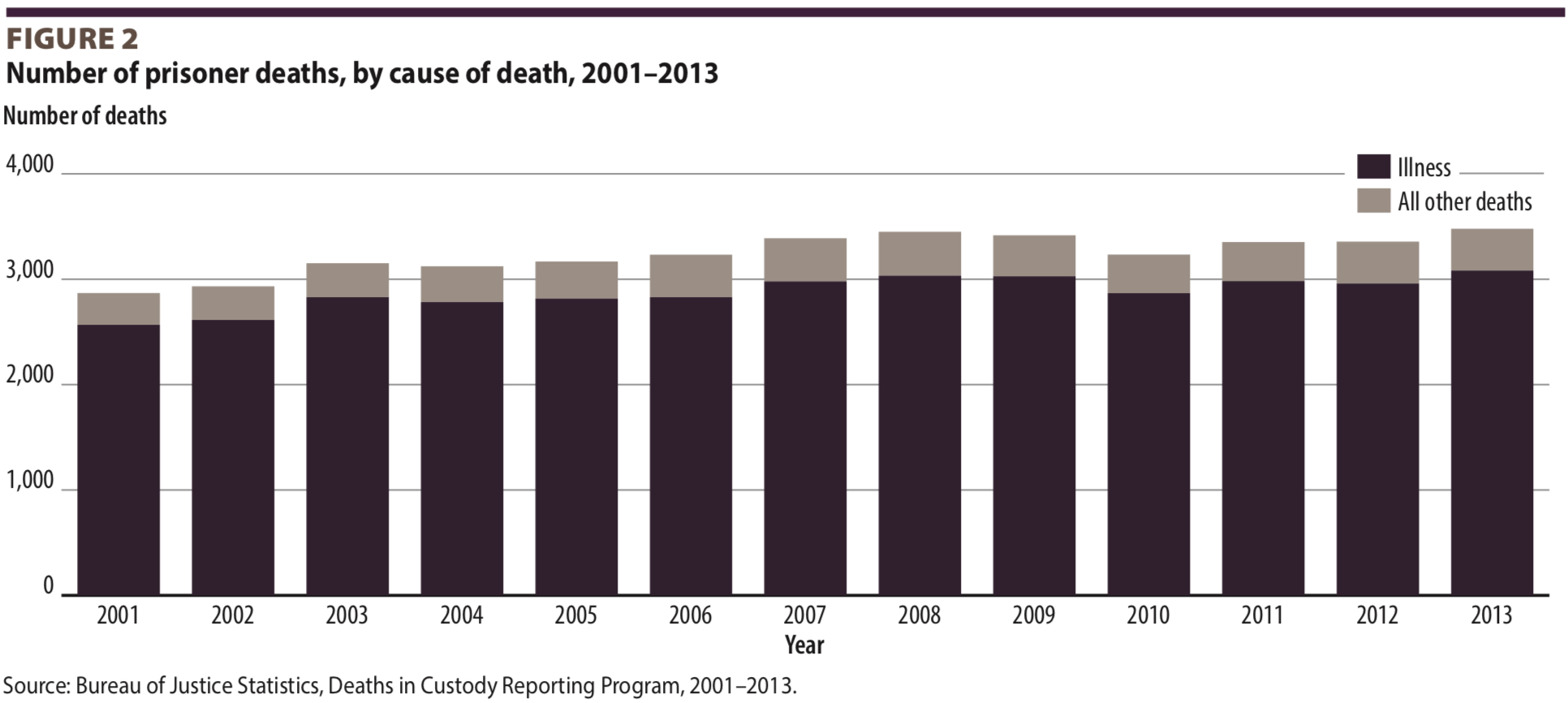Ep. 17 - Jeffrey Epstein and Suicide in Jail
Description
Links
- Jeffrey Epstein (Wikpedia)
- Ep. 15 - The Meaning of Life, with Marc Mauer
- Journalists should examine the leading cause of jail deaths, in light of Jeffrey Epstein (Poynter)
- The Daily Show with Trevor Noah clip (YouTube)
- Last Week Tonight with John Oliver clip (YouTube)
- Mortality in Local Jails and State Prisons, 2000–2013 - Statistical Tables (PDF) (Department of Justice)
Suicide has been the leading cause of death in jails every year since 2000. In 2013, a third (34%) of jail inmate deaths were due to suicide. The suicide rate increased 14%, from 40 suicides per 100,000 jail inmates in 2012 to 46 per 100,000 in 2013.
Suicide, long the leading cause of death in U.S. jails, hit a high of 50 deaths for every 100,000 inmates in 2014, the latest year for which the government has released data. That’s 2½ times the rate of suicides in state prisons and about 3½ times that of the general population.
- Metropolitan Correctional Center (Federal Bureau of Prisons)
- National Study of Jail Suicide: 20 Years Later (PDF) (National Institute of Corrections)
Following are some findings regarding characteristics of the suicide victims:• Sixty-seven percent were white.
- 93% were male.
- The average age was 35.
- 42% were single.
- 43% were held on a personal and/or violent charge.
- 47% had a history of substance abuse.
- 28% had a history of medical problems.
- 38% had a history of mental illness.
- 20% had a history of taking psychotropic medication.
- 34% had a history of suicidal behavior.
- Preventing Suicide in Jails and Prisons (PDF) (World Health Organization)
Suicide is often the single most common cause of death in correctional settings. Jails, prisons and penitentiaries are responsible for protecting the health and safety of their inmate populations, and the failure to do so, can be open to legal challenge. Further fuelled by media interest, a suicide in correctional facility can easily escalate into a political scandal. Moreover, suicidal behaviour by custodial inmates means a stressful event for officers and other prisoners faced with it. Therefore, the provision of adequate suicide prevention and intervention services is both beneficial to the prisoners in custody, as well as to the institution in which the services are offered. It is within this context that correctional settings worldwide struggle with the problem of preventing inmate suicide.







